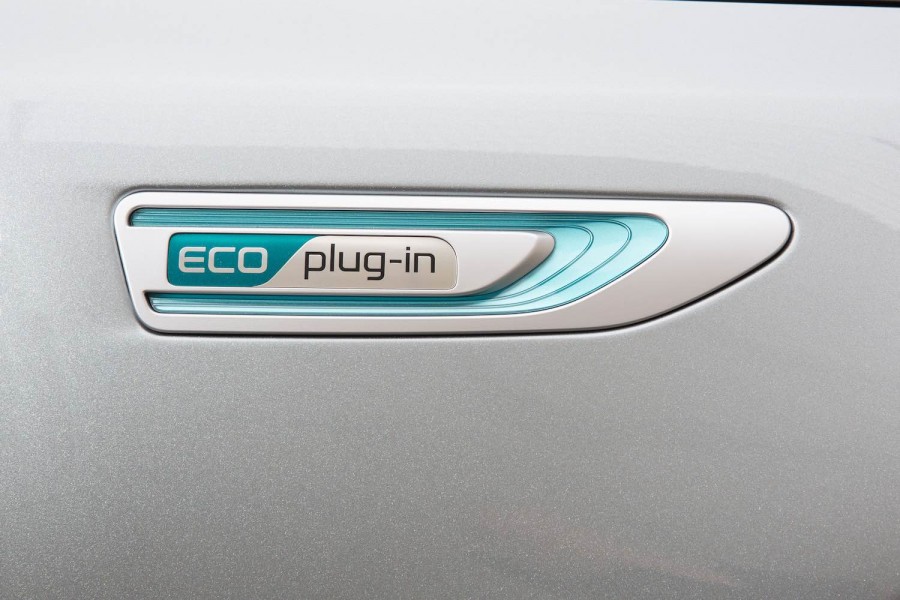What's the news?
With the fuss kicked up yesterday by the Irish Government's plan to tackle our climate emissions issues, interest in electric cars in this country has probably never been higher. The Government has reaffirmed its previous commitment to stopping the sale of any combustion engined car from 2030 onwards, which means in the course of the next 11 years, we all have to prepare to start buying electric.
What if that's not the right thing to do, though? What if hybrid cars, still using their petrol engines, are a better solution? That's the claim being made by Emissions Analytics, an independent organisation that monitors and record vehicle emissions.
With still relatively slow take-up of electric cars, and constriction of battery supplies, Emissions Analytics says that the best way of meeting our climate goals is actually to encourage the take-up of hybrids.
"One of our biggest challenges is fleet turnover, with vehicles staying on the road typically for up to 12 years," explains Nick Molden, CEO of Emissions Analytics. "It means that refreshing the entire fleet is a very slow process. Given reservations about current BEVs, we require an alternative that will have a more immediate impact. Due to CO2's long life in the atmosphere, a small change now is far better than a large change in the future. We need to optimise the use of the industry's available battery capacity to facilitate a critical early reduction."
Emissions Analytics claims that, according to its tests at any rate, hybrid cars (petrol or diesel models) offer the best CO2 reduction per kWh of energy used.
Using mild, full and plug-in hybrid real-world emissions test data, from both European and US vehicles, Emissions Analytics compared hybrids with their internal combustion engine equivalents. Using the company's standardised on-road cycle, it determined the average CO2 reduction from hybridisation was 23 per cent for the EU and 34 per cent for the US, with an average of 30 per cent across all pairings.
Emissions Analytics says that it then calculated the distance-specific CO2 reduction per unit of battery size (capacity), in g/km/kWh, for mild, full, plug-in hybrids and BEVs. The results indicated that mild hybrids are the most efficient way to reduce CO2, given limited global battery capacity. With a reduction of 73.9g/km/kWh, the technology was a clear favourite, with full hybrids coming in second at 50.5g/km/kWh.
Due to their disproportionately large batteries, BEVs were the worst of the available options, with a mere 3.5g/km/kWh reduction. The size of BEV batteries tends to be large to accommodate infrequent, extreme use cases - like high-mileage trips, not often undertaken by average drivers - and do not make the best uses of limited supply.
It's important to note that this analysis is of tailpipe emissions only - Emission Analytics has not taken into account the CO2 emissions from the generation of electricity for charging the batteries of the plug-in models.
"Electrification has proved to be a promising path to reducing tailpipe emissions," continued Nick Molden. "The most extreme form of the technology - fully-electric vehicles - are often hailed as the solution. Paradoxically, full BEVs appear to be a highly inefficient way to achieve an urgent and meaningful CO2 reduction. With supply chain issues and consumer acceptance challenges including range and price, there is cause to investigate alternative use of our limited battery capacity."
Molden outlined two potential paths that are immediately available. One is a switch from gasoline to diesel, reducing CO2 by 11 per cent, coupled with a mild hybrid system, providing a further six per cent reduction. A final swap to full hybrids would deliver an addition 16 per cent reduction for a 34 per cent total. Alternatively, switching directly from gasoline to gasoline mild hybrids provides an 11 per cent reduction, with a further 23 per cent from the move to full hybrid.
"The EU's post-2021 CO2 reduction target for passenger cars is 37.5 per cent by 2030. Emissions Analytics tests clearly shows that, even with current technology, widespread hybridisation would achieve over three-quarters of that target" said Molden. "Given a decade of further advances and innovations, it is possible that the goal could be met without the need for BEVs at all. Beyond the 37.5 per cent reduction target, more extensive electrification would be required to bring whole fleet emissions down.
"The ideal solution is an immediate transition to petrol and diesel hybrids, with a further decade spent refining the technology, infrastructure and battery supply chain to allow the adoption of BEVs. By 2030, the EU and the US would have had another decade to develop expanded, cleaner electricity generation capacity, improving the lifecycle emissions of BEVs.
"Alternatively, by 2030 the availability and price of renewable energy may well fall to a level at which hydrogen fuel cells could be economically viable. These avoid the environmental and geopolitical issues caused by large scale battery production and would likely offer even lower lifecycle emissions. The overall message is this though: it is paramount that governments and industry take into consideration real-world data when promoting technologies to efficiently reduce CO2."
